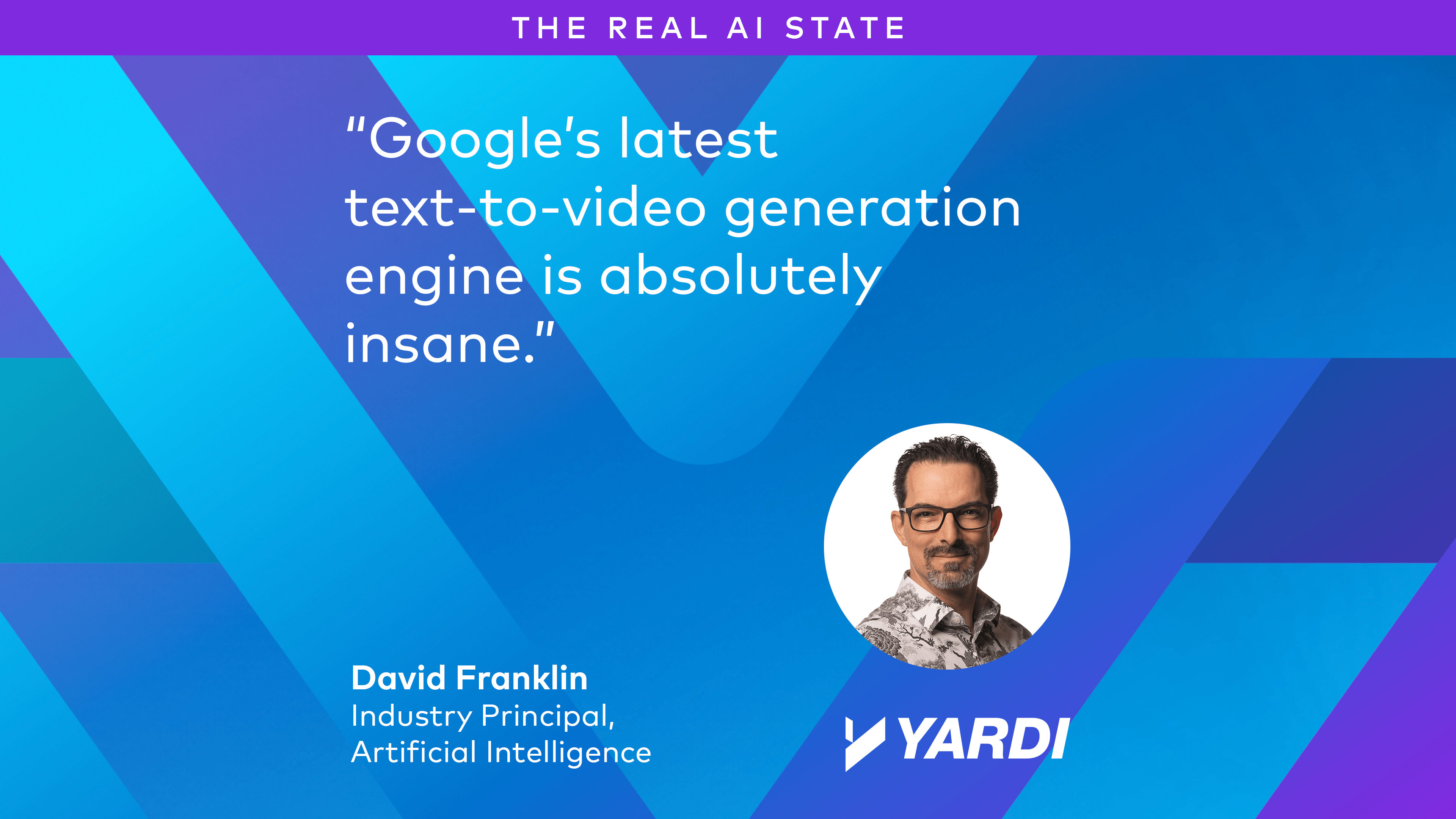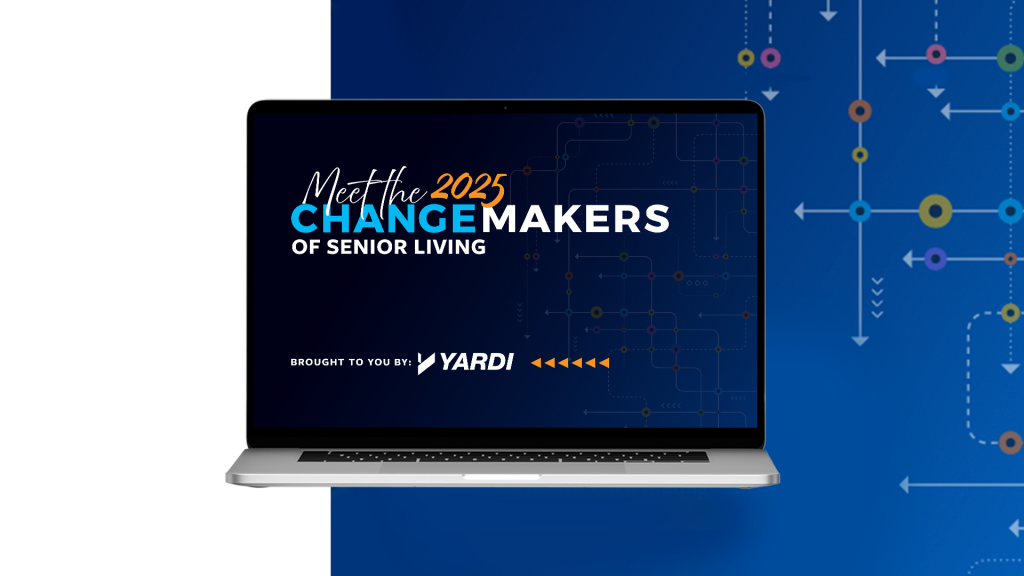By David Franklin on May 30, 2025 in Technology

I’ll probably end up saying this every blog post, but here goes: It has been an exciting week (or two) in the world of AI! There was a convergence in the force, and all the big players made their announcements virtually simultaneously. We’ve got new versions of Claude from Anthropic. OpenAI released their virtual software engineer, Codex, and has acquired Jony Ive’s design studio to build AI-powered hardware. Google announced their Jules coding agent, AI Mode search, and dropped VEO 3 at their Google IO25 conference. And Microsoft announced their Copilot Coding Agent and Windows MCP support at their BUILD conference.
Let’s dig in!
Anthropic
What happened
Anthropic released Claude 4 Opus and Claude 4 Sonnet. These are state-of-the-art models that outperform all other models on several key benchmarks. Opus is the big model, and Sonnet is the mid-size model. Opus is used for absolute top-level performance whereas Sonnet is still strong but faster and cheaper.
Why it matters
I’ll admit, it’s hard to get too excited about each new top-of-the-line model as they are released, especially as someone who doesn’t live and breathe AI. But let me tell you that the power of these new models is incredible and the arms race among the top LLMs is pushing the frontier at an astounding pace. Yardi is working with Anthropic on some initiatives and with this latest release, you can see why. Give Claude 4 a try.
OpenAI
What happened
OpenAI had two major announcements. The first one is the release of what they’re calling “Codex”. I know most of you aren’t software engineers, so this may be a bit hard to grasp, but let me make this clear: Codex is a true, AI-powered software engineer. It can not only write code, it can integrate with a software engineering team to accomplish tasks that used to require a very expensive and highly trained human. On top of that, Open AI lets companies use it for free!
The second big announcement is that OpenAI has acquired Jony Ive’s design studio (for $6.5B no less) to develop new AI-powered hardware. Technically, they’re spinning up a new company called IO, but practically, it’s the hardware department for OpenAI.
Why it matters
OpenAI is still king of the hill and is pushing forward in exciting, new ways. The impact that AI-powered software engineering will have is hard to overstate. As we’ll see below, Google and Microsoft are both jumping on the bandwagon, and this will unlock a 10x if not 100x improvement in software companies’ ability to deliver code.
While AI chatbots and agents are becoming incredibly powerful, they are still locked into an older form factor that makes utilizing them less than ideal. Sam Altman was hinting at a hardware solution which makes it much easier to unlock the power of ChatGPT without having to pull out a phone or laptop.
What happened
Google’s big developer conference, Google IO, was last week. They made several big announcements:
- AI Mode Search. Today, when you do a Google search, you are returned a whole bunch of links that you have to go and click into. With AI Mode, Google will “Google” itself for you and then return a conversation in answer to your search. This is similar to what using ChatGPT web search or Perplexity (an AI powered search engine) is like. It’s an incredibly useful way to quickly find the answer you are looking for without having to do all the clicking yourself.
- Jules Coding Agent. Similar to ChatGPT Codex, Jules is Google’s version of an AI Software Engineer. All the things said above apply here.
- Have you ever wondered what an outfit you see online would look like on you? Well, now you can do a virtual try-on using AI.
- VEO 3. Google’s latest text-to-video generation engine is absolutely insane. Imagine being able to describe a video with words and have a completely convincing, photo-realistic video produced that exactly matches what you described. Including perfectly lip-synced voices. Including background music. Including sound effects. Here are some examples: VEO 3 Review and The Prompt Theory (VEO generated short film).
Why it matters
- AI Mode Search. Google’s entire business is built on the ability to search for content and charge for advertising. With the rise of ChatGPT and Perplexity, Google needs to respond with a better way to find answers. Expect to see a radical shift in the way you search the web going forward.
- Jules Coding Agent. As I said above, we are witnessing a revolution in how software is developed. Any startup can now scale to having dozens or even hundreds of software engineers so that will no longer be a moat for large companies like Yardi. We need to focus on delivering incredible products that are steeped in a deep understanding of our industry.
- Try it On Shopping. Not relevant to us, just really cool!
- VEO 3. It’s incredible to see how close we are getting to a true virtual world engine where visually representing anything we can think of is just a prompt away.
Microsoft
What happened
Microsoft’s big developer conference, BUILD, was also last week. They made several big announcements.
- GitHub Copilot Coding Agent. This is the third example of an AI powered Virtual Software Engineer, only this time it’s Microsoft’s tool.
- Agentic Windows. Microsoft has announced native support for Model Context Protocol (MCP) on Windows. This means that AI tools will be able to “drive” Windows at the OS level, allowing apps to expose specific functionality to those agents. This is the same MCP we’ve been talking about for how Yardi will be able to expose functionality via our servers to AI agents.
Why it matters
No need to say it a third time, but for sure, the age of the AI software engineer is upon us.
MCP is a protocol that allows AI agents to interact with third-party systems and tools. There is hardly a bigger tool than Microsoft Windows. This shows that the ecosystem of connected AI services will be exploding in the coming months, and we should expect to see exponential growth in the capabilities of AI driven applications. Importantly, you now understand why Yardi’s strategy of delivering MCP services, along with tools like Composer to allow our clients to build their own integrations, is so critical.
Thank you all for tuning in. Please subscribe to be notified whenever a new post comes out and we look forward to seeing you on the next one.
Stay curious, my friends!
-David
Author bio
David is the industry principal of AI at Yardi, where he works closely with the sales team to help clients understand how Yardi’s solutions align with their business needs. A real estate technology, AI and IT guru with deep sales expertise and entrepreneurial roots, David brings decades of experience bridging the gap between technical innovation and real-world application. David’s superpower is making complex technical concepts approachable, interesting and easy to understand — especially for non-technical audiences. When he’s not working, you can find him skiing, rock climbing or racing his Tesla.
Disclaimer
This article is for general information purposes only. The opinions, analysis and commentary expressed are not and cannot be relied on as legal advice, and do not necessarily reflect the views of Yardi Systems, Inc., or any of its affiliates.


